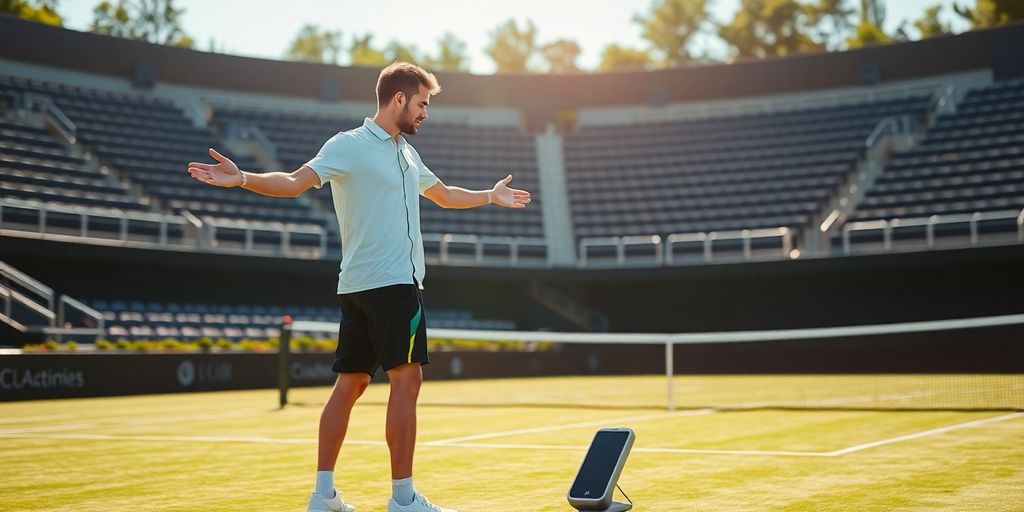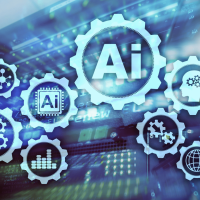Wimbledon’s adoption of AI line-calling technology has ignited a fierce debate among players and officials. While touted for its accuracy, recent incidents, including a critical system malfunction during a match, have shaken player confidence and raised questions about the balance between human oversight and technological reliance in professional sports.
Wimbledon’s AI Line-Calling: A Rocky Debut
Wimbledon’s decision to fully replace human line judges with an electronic line-calling (ELC) system this year has been met with significant controversy. Despite the All England Lawn Tennis Club (AELTC) asserting the technology’s superior accuracy, several high-profile incidents have led to player criticism and a public defense from tournament organizers.
Key Incidents and Player Reactions
- Sonay Kartal vs. Anastasia Pavlyuchenkova Match: A pivotal moment occurred when a clear ‘out’ call was missed by the ELC system. It was later revealed that the system had been accidentally deactivated on one side of the court due to human error. The point was replayed, but Pavlyuchenkova expressed frustration, feeling the game was "stolen" from her.
- British Players’ Disappointment: Both British No. 1 players, Emma Raducanu and Jack Draper, voiced their dissatisfaction with the ELC system. Raducanu described some calls as "very wrong," while Draper questioned the technology’s "100 percent accuracy."
- Other Concerns: Players also reported issues with the automated speaker system, with one deaf player noting the absence of human hand signals made it difficult to discern point outcomes.
The Accuracy Debate: Humans vs. Machines
The AELTC, through CEO Sally Bolton and Chair Debbie Jevans, maintains that the Hawk-Eye ELC system, which uses 12 cameras and AI analysis, offers the most accurate officiating possible, with a stated margin of error of 2.2mm. They argue it is demonstrably more accurate than the human eye.
However, the incidents have fueled a broader discussion about trust in AI. Professor Gina Neff of Cambridge University suggests that while machines follow programmed rules, humans consider context and multiple values, leading to a perception that a "right call" by AI might not always feel like a "fair call." This sentiment is echoed by entrepreneur Azeem Azhar, who notes a general unease when technology rapidly changes established systems.
Moving Forward: The Human-AI Balance
The Wimbledon incidents highlight the ongoing challenge of integrating advanced technology into human-centric domains. While the AELTC has adjusted protocols to prevent future accidental deactivations of the ELC, the controversy underscores the importance of human oversight in AI systems. Experts suggest that the optimal approach lies in finding the right intersection between human judgment and technological precision, ensuring that the benefits of AI are realized without eroding trust or the perceived fairness of the game.











